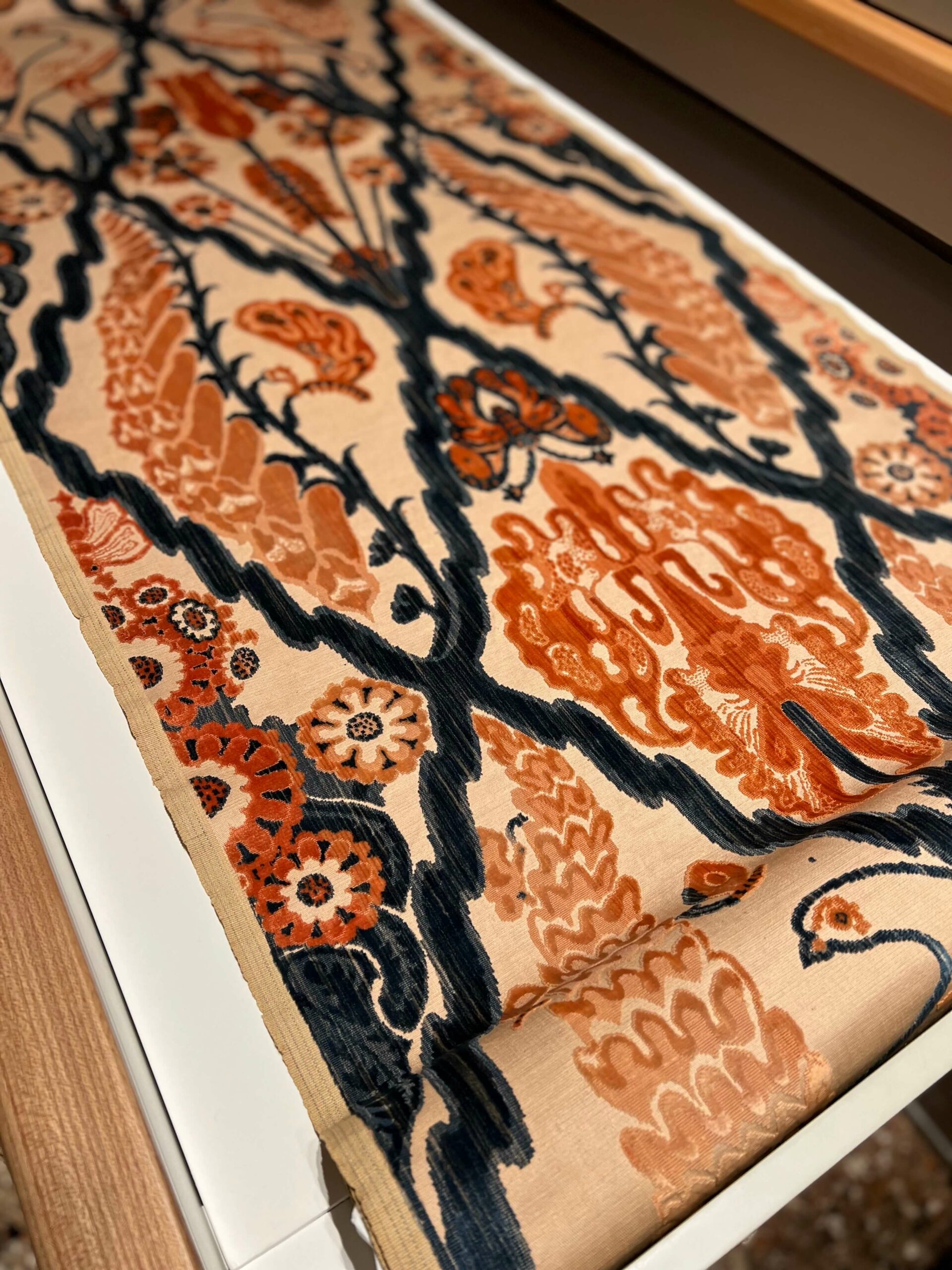After the new things we had a break in an armchair covered by the textile called Pila 47, it is available in Rubelli Casa and was designed by Nava+Arosio Studio. The armchair requires a new way of sitting where textile is the main characteristic, it can be varied from the whole supply of the Rubelli, so it can be personalised to each customer and interior. For the first sight we might think, Pila 47 is structureless, but looking closer we can see its form is continuously changing: if you open it, it’s a clear geometric form, but it becomes a comfortable chair if you let its side down. The structure is a wooden seat with a strengthened wool-covered base, where wool gives hardness to the back and so lets it to ho back to the starting point.
It was hard to say goodbye to this curved, hugging armchair, but our day came to an end, so we set off for an evening walk in Venice. We enclosed the day on a terrace on Saint Marc’s square with live music and a nice glass of prosecco.

